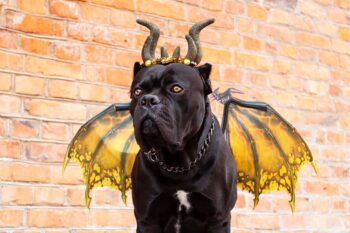
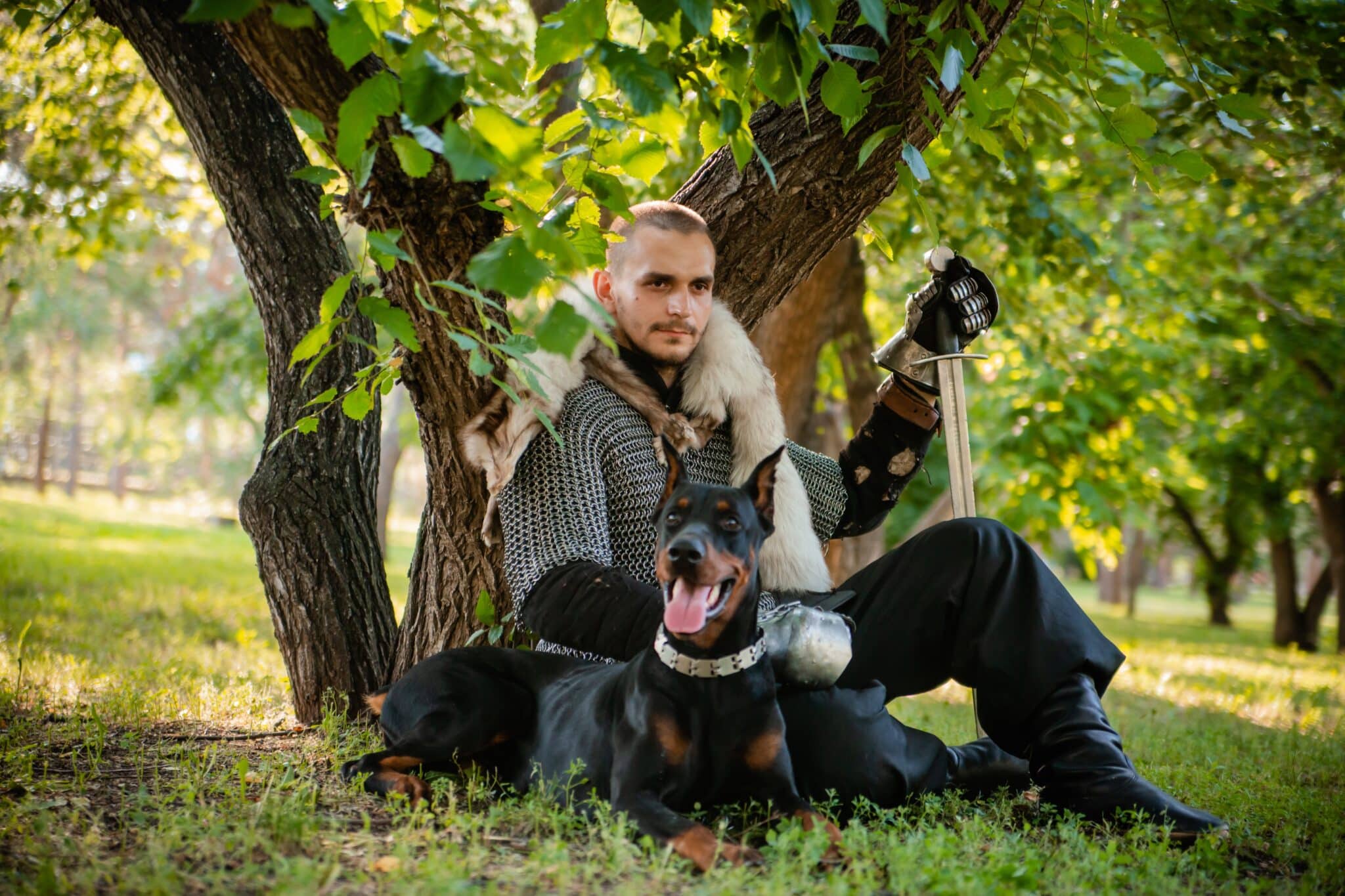
Dogs have been humanity’s loyal companions, protectors, and sometimes even spiritual guides. Unsurprisingly, many myths and legends worldwide feature these incredible animals in starring roles. Dogs have left an indelible mark on folklore, from guardians of the underworld to faithful spirits guiding souls. These stories often reflect the special bond between humans and dogs, showcasing their loyalty, bravery, and intelligence. Whether they’re depicted as magical creatures or divine helpers, dogs in mythology play vital roles that continue to capture our imagination.
Cerberus
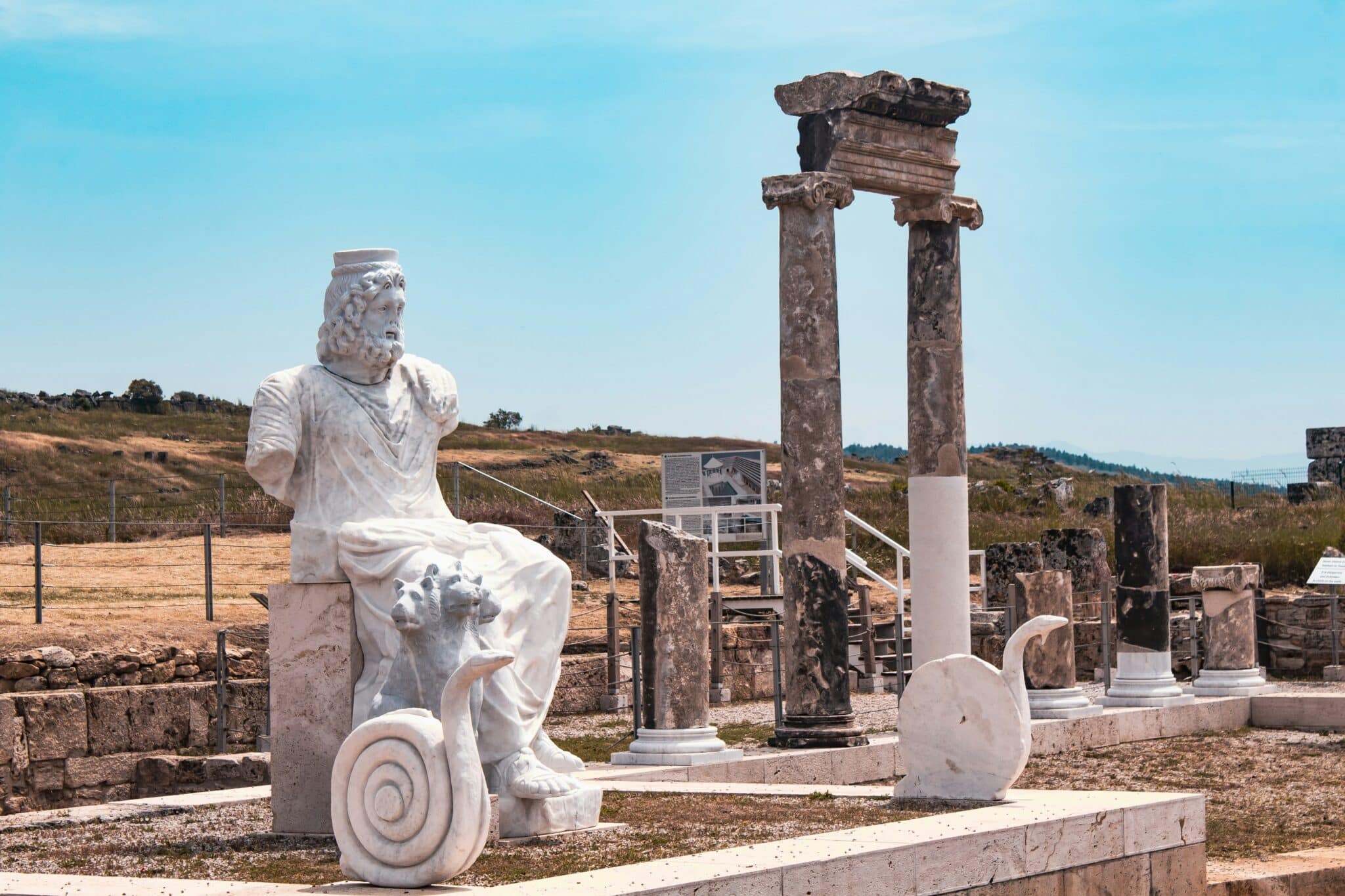
One of the most iconic dogs in mythology is Cerberus, the three-headed hound from ancient Greek mythology. Cerberus was the fearsome guardian of the gates to the Underworld, preventing the souls of the dead from escaping and the living from entering. Described as having three heads, a serpent’s tail, and a body covered in snakes, Cerberus was both terrifying and majestic. Despite his intimidating appearance, Cerberus was loyal to Hades, the god of the Underworld. This monstrous yet fascinating dog has become a symbol of fierce loyalty and protection, as well as the mysteries of life and death.
The Hound of Baskerville
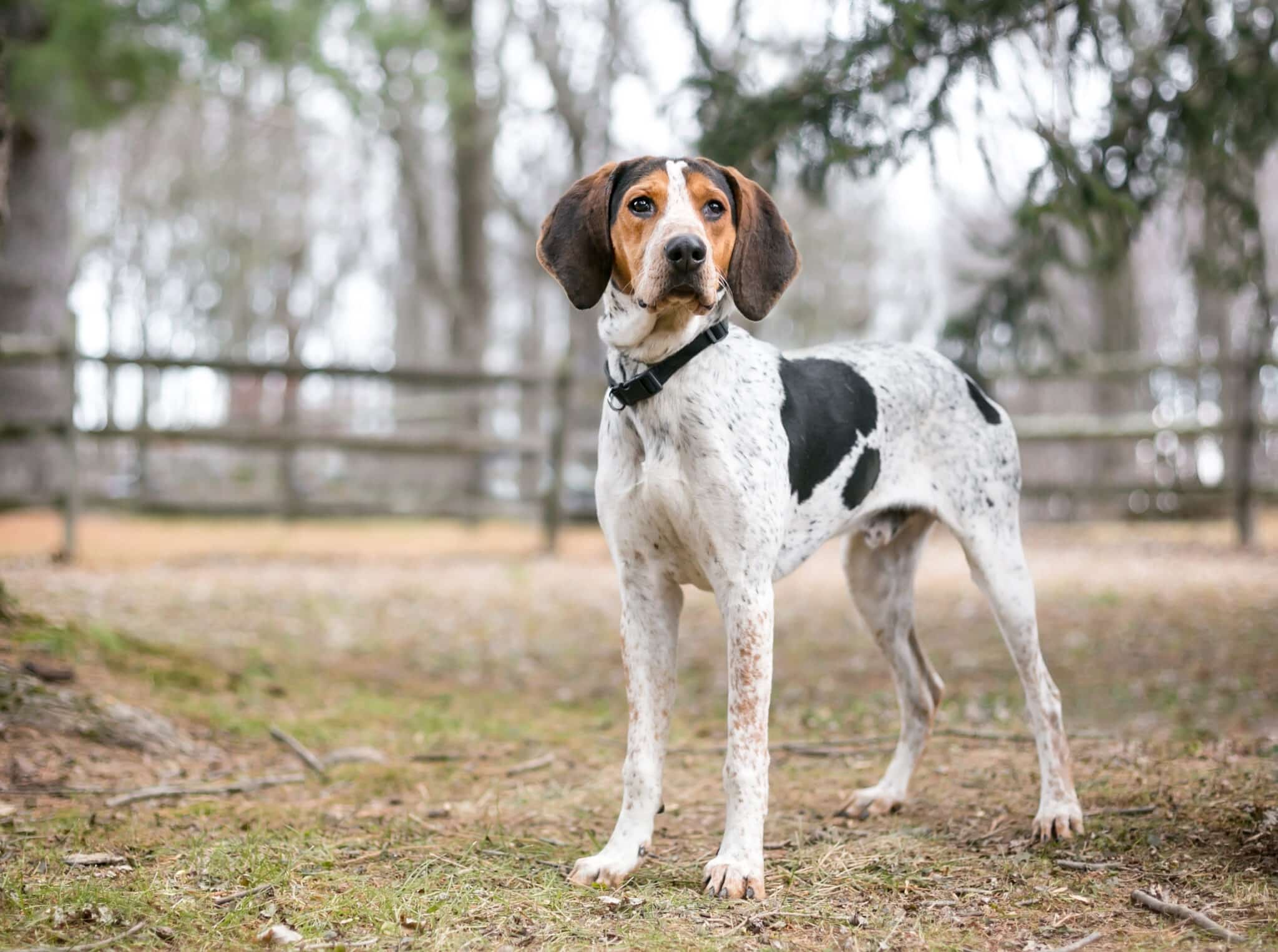
The Hound of Baskerville is a legendary ghost dog said to haunt the Baskerville family in Arthur Conan Doyle’s famous Sherlock Holmes novel, The Hound of the Baskervilles. While this tale is a work of fiction, it’s based on English folklore that features spectral black dogs, often seen as omens of death. In the novel, the mysterious hound is described as a gigantic beast with glowing eyes, a frightening figure that terrorizes the moors. The story plays on the age-old legend of the “black dog,” a mythical creature known for its eerie presence and connection to the supernatural.
Anubis
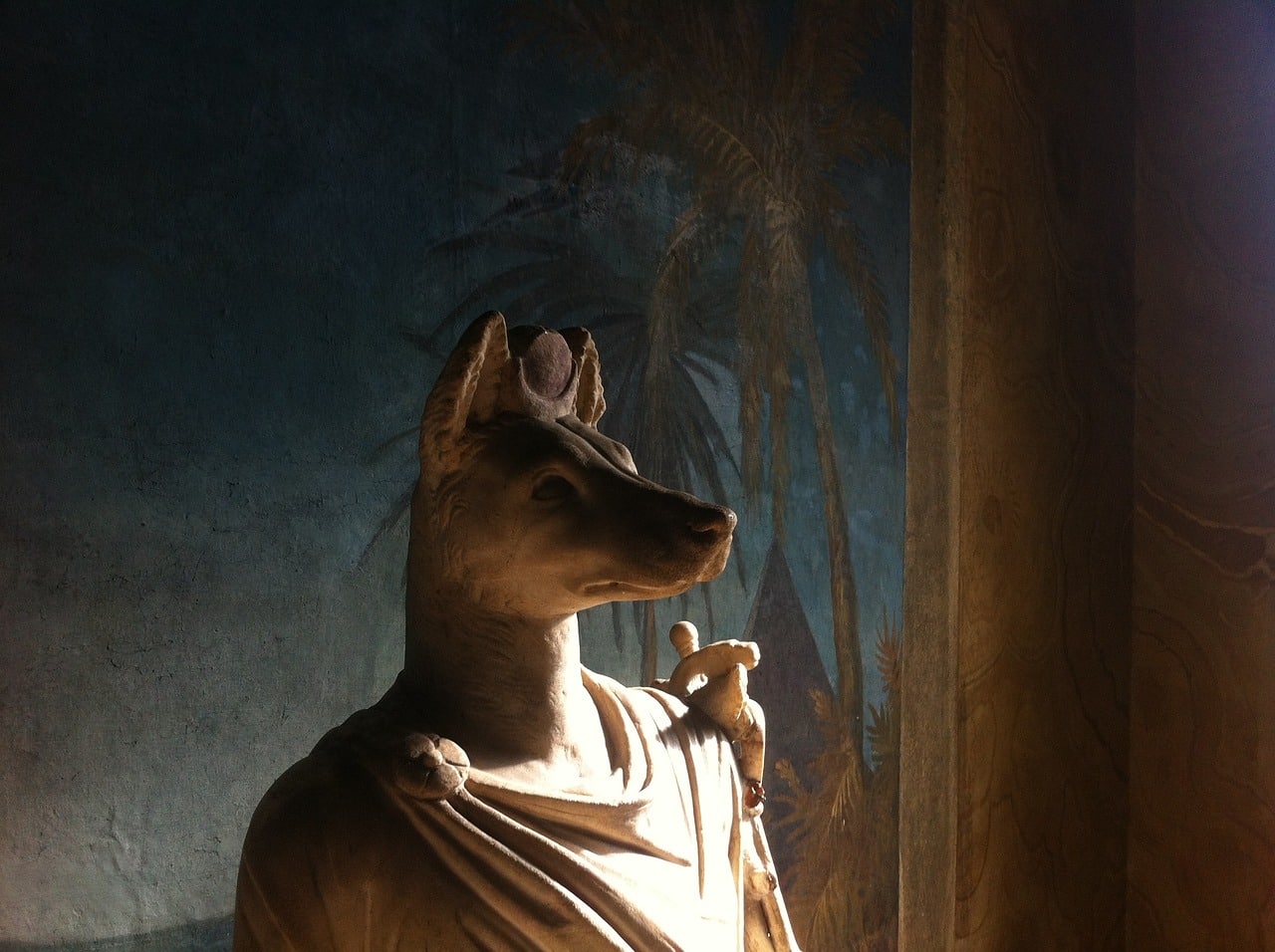
Anubis, the jackal-headed god in ancient Egyptian mythology, is closely associated with death and the afterlife. Though often referred to as a jackal, Anubis’ canine features have led many to link him with dogs as well. Anubis was the protector of graves and a guide for souls in the afterlife, helping them transition to the world beyond. He was also responsible for weighing the hearts of the dead to determine whether they were worthy of entering the afterlife. Anubis is a powerful representation of the respect and reverence Egyptians had for dogs, as they were seen as guardians and protectors even in death.
Garmr
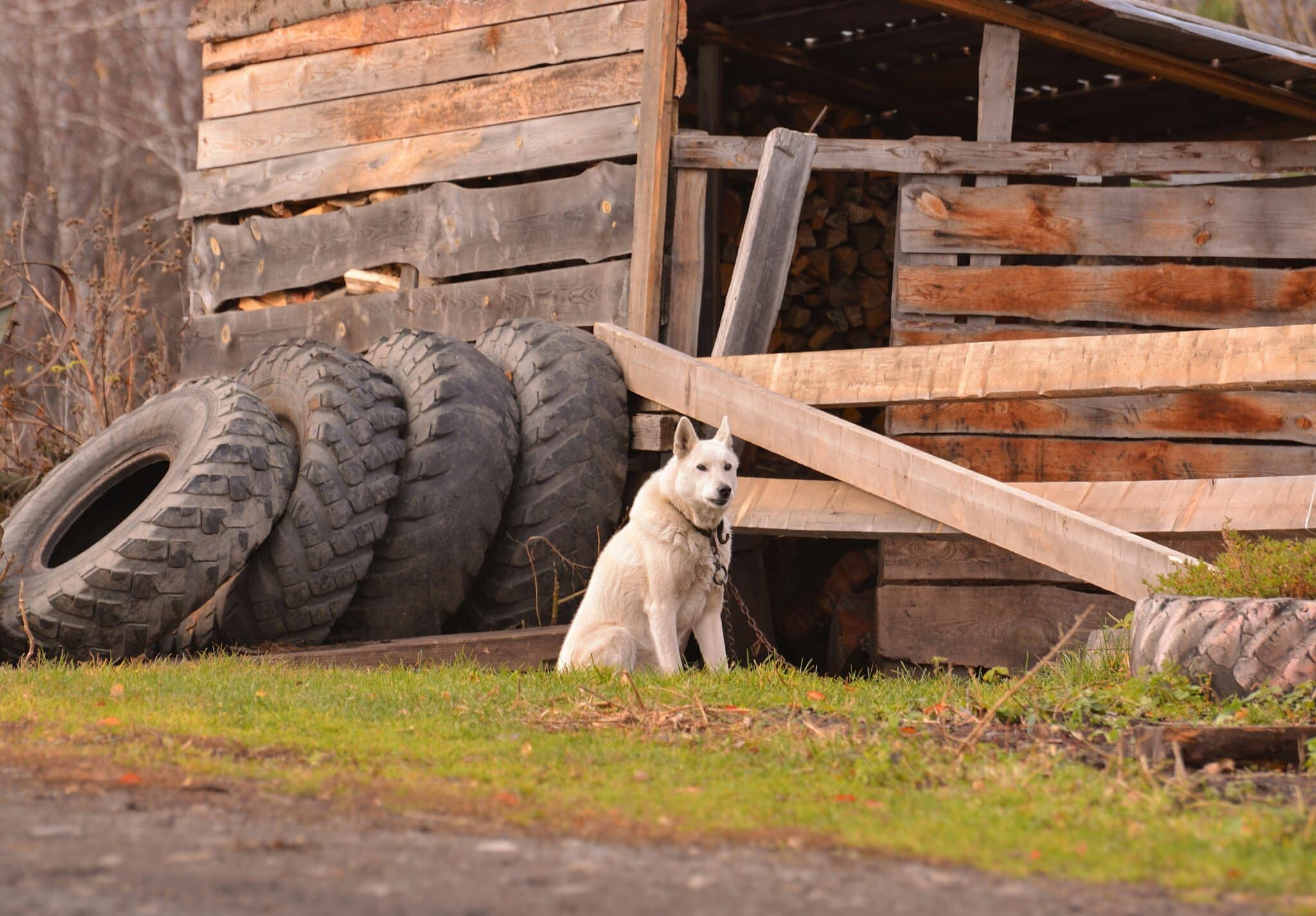
In Norse mythology, Garmr is a blood-stained hound who guards the entrance to Helheim, the land of the dead. Garmr is often compared to the Greek Cerberus, as both dogs serve as fearsome protectors of the realm of the dead. Garmr is particularly notable for his role in Ragnarok, the Norse apocalypse, where he is said to break free from his chains and engage in a final, deadly battle. Despite his terrifying reputation, Garmr represents the loyalty and duty of dogs to protect their territory, even if that territory happens to be the world of the dead.
Black Shuck
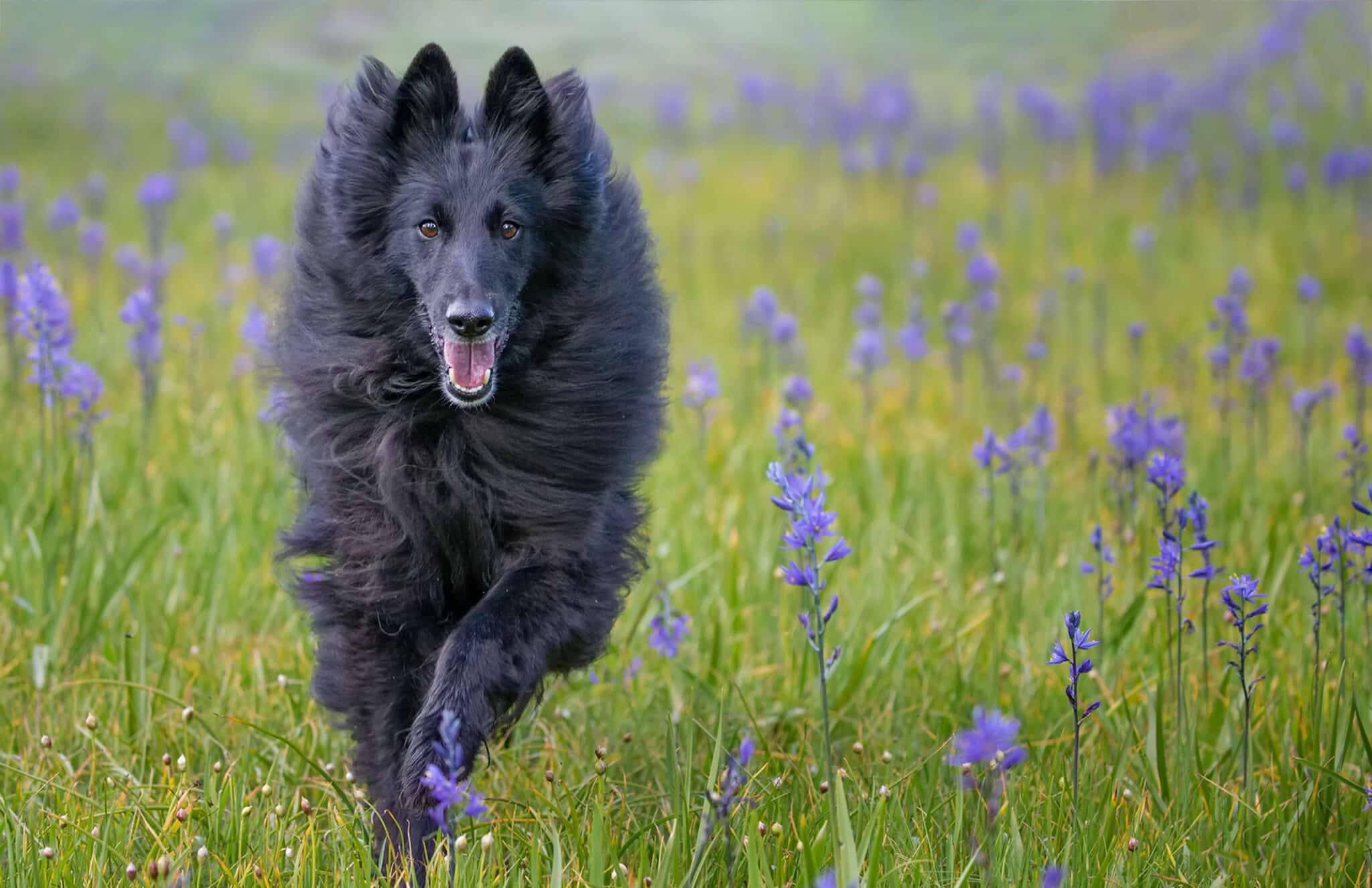
Black Shuck is one of England’s most famous legends, a large, spectral black dog said to roam the countryside of East Anglia. Described as a ghostly figure with glowing red or green eyes, Black Shuck is often seen as an omen of death or disaster. According to folklore, encountering Black Shuck could mean impending doom, though, in some versions of the story, the dog is a protector, guiding lost travelers safely through the night. This dual nature of Black Shuck—both terrifying and protective—reflects the complex relationship humans have with dogs in myth and folklore.
The Faery Hounds
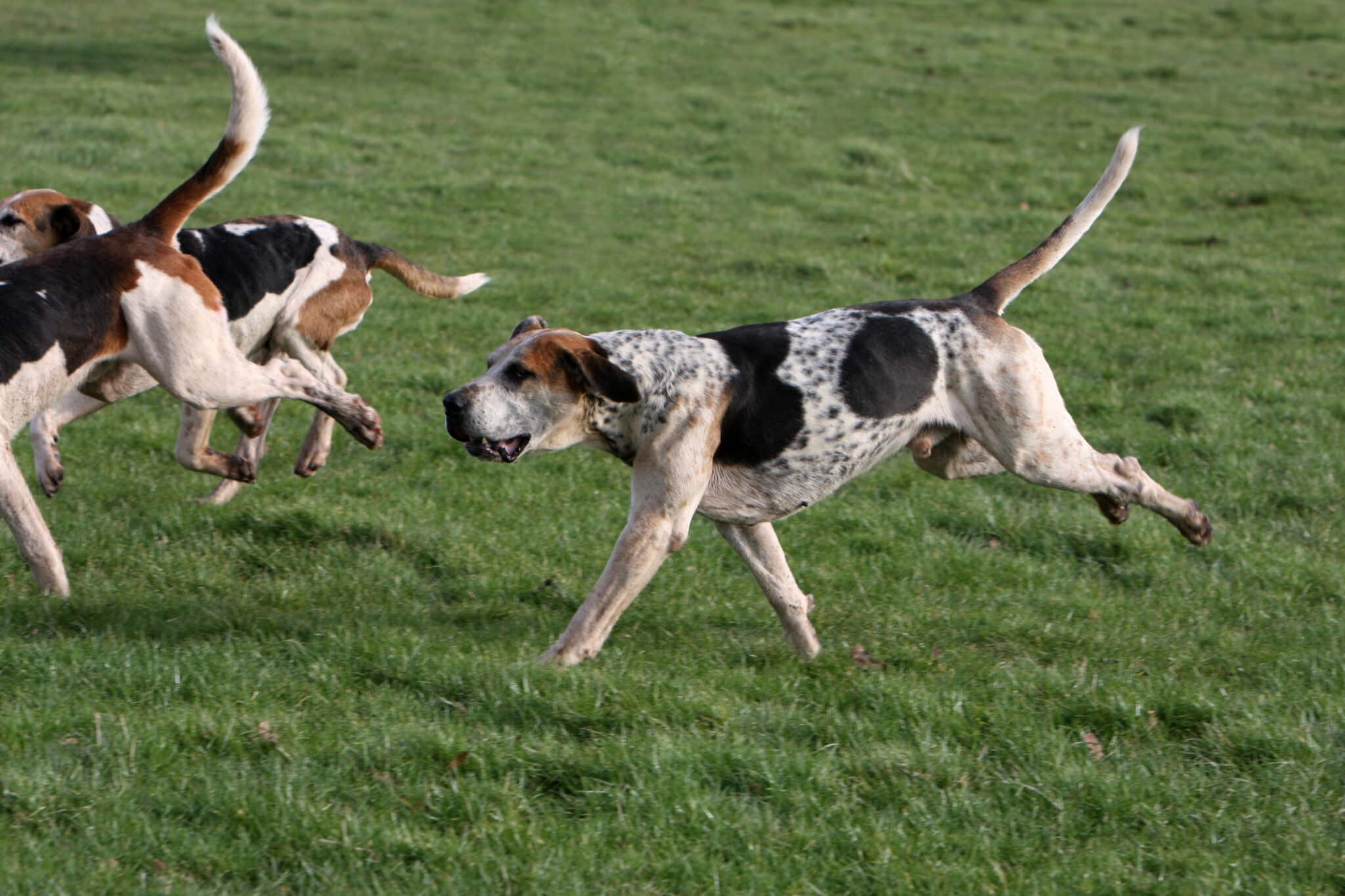
In Celtic mythology, the Faery Hounds (or Cù Sìth in Scottish folklore) are magical dogs that serve as guardians of the Otherworld, the realm of fairies and spirits. These large, spectral dogs are said to have green or white fur and are known for their eerie, ghostly howls. Faery Hounds are believed to guide souls to the afterlife or protect the fairy folk from intruders. In some legends, hearing the howl of a Faery Hound three times was a sign that your soul would soon be claimed. Despite their spooky reputation, Faery Hounds are seen as loyal protectors of the mystical realm.
Xolotl
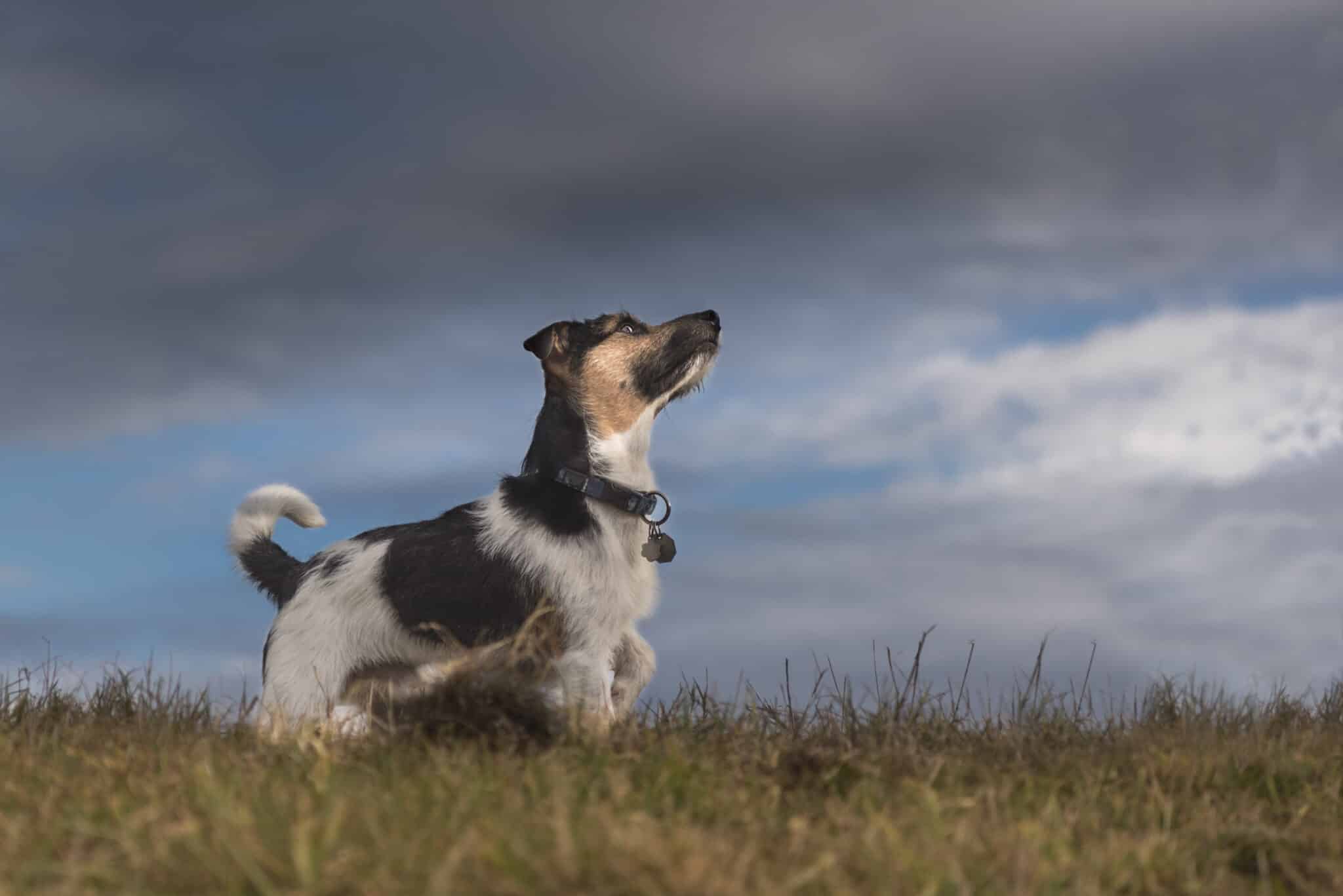
In Aztec mythology, Xolotl is a dog-headed god associated with death, lightning, and deformities. He was the twin brother of Quetzalcoatl, the feathered serpent god, and was responsible for guiding the souls of the dead to Mictlan, the Aztec underworld. Xolotl’s canine form was deeply symbolic, as dogs were believed to be loyal companions in life and death. The Aztecs often buried dogs with their owners so they could accompany them to the afterlife. Xolotl’s protective and guiding role made him a revered figure in Aztec culture, representing the deep bond between humans and dogs.
Laelaps

Laelaps is a legendary dog from Greek mythology who was said to never miss her prey. Given as a gift by Zeus, Laelaps was an unbeatable hunting dog with the power to catch anything she pursued. However, this incredible skill became a paradox when Laelaps was set on the trail of a fox destined to never be caught. The chase was eternal, and eventually, Zeus turned both the dog and the fox into stone, placing them in the sky as constellations. Laelaps represents the unstoppable determination and loyalty of dogs, forever chasing and never giving up, even when faced with the impossible.
Hecate’s Hounds
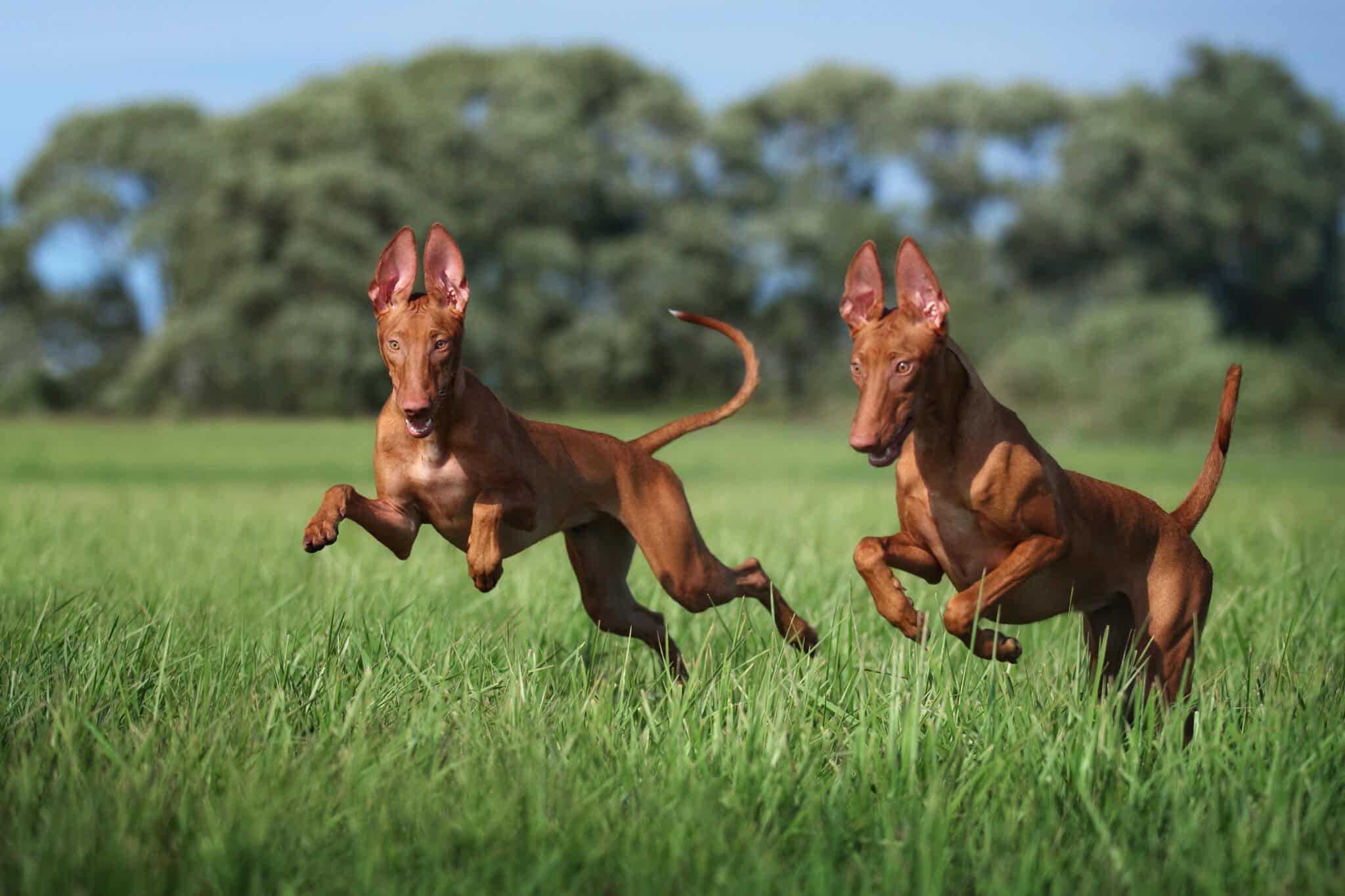
Hecate, the ancient Greek goddess of magic, witchcraft, and the night, was often accompanied by her loyal hounds. These dogs were believed to be guardians of crossroads and thresholds, places that held special spiritual significance. Hecate’s hounds were seen as protectors and guides for those who practiced magic, as well as for souls journeying through the underworld. In some legends, the howling of dogs was a sign of Hecate’s presence, and they were considered sacred to her. These mythological dogs embody the mystical and protective roles that dogs have played in folklore across cultures.
Dogs Mythical Paws And Magic Jaws
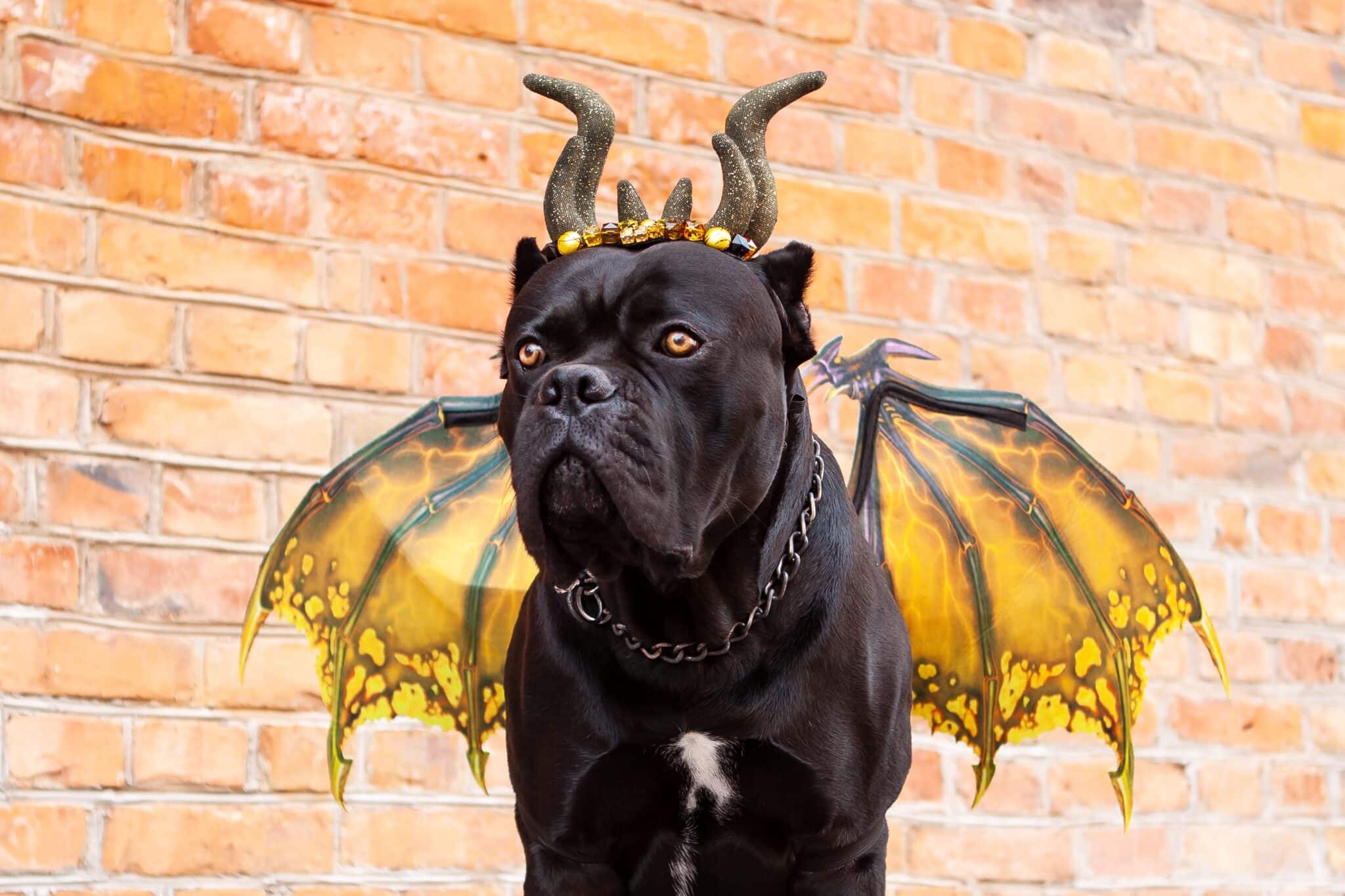
From the fierce protectors of the underworld to the loyal guides of souls, dogs have always held a special place in myth and legend. Whether they’re guarding the gates of the afterlife, hunting down elusive prey, or guiding magical beings through enchanted realms, these mythical dogs prove that canines have been more than just man’s best friend—they’ve been legends in their own right. So next time your dog gives you that wise, knowing look, just remember—they might be channeling a bit of their ancient, legendary ancestors!
The post 9 Legends About Dogs From Myth And Folklore appeared first on iHeartDogs.com.
